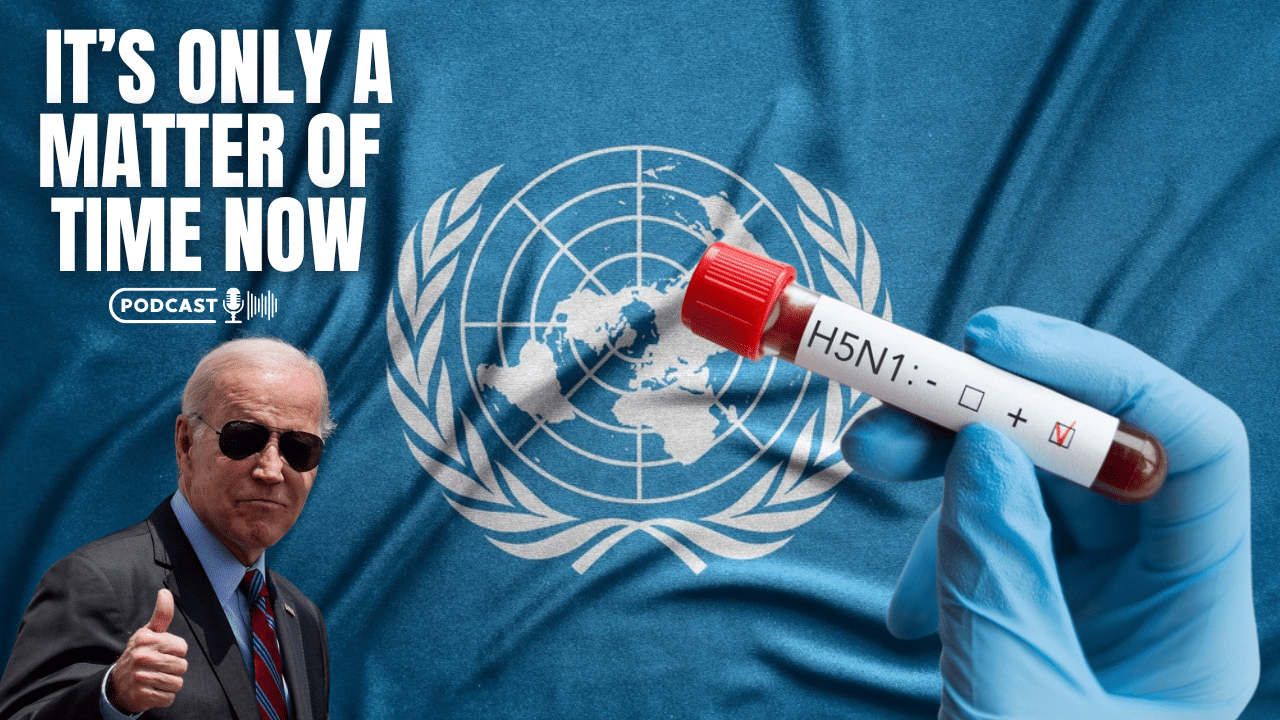(OPINION) When the U.S. consumer is in healthy financial shape, the outlook for the U.S. economy is generally positive. But just like we witnessed prior to the Great Recession of 2008 and 2009, when the U.S. consumer is not in healthy financial shape, bad things tend to happen.
Unfortunately, the numbers are telling us that current conditions are eerily similar to what we experienced during the run-up to the Great Recession. Households don’t have enough money coming in, debt levels are soaring, delinquency rates are rising, and tens of millions of us are just barely scraping by from month to month. The following are 9 signs that the U.S. consumer is about to break…
#1 After adjusting for inflation and taxes, household income in the United States has fallen 9.1 percent since April 2020…
On the inflation issue, household income adjusted for inflation and taxes is running some 9.1% below where it was in April 2020, putting additional pressure on consumers, according to SMB Nikko Securities.
#2 Credit card debt has surpassed the one trillion dollar mark for the first time ever as struggling American households increasingly turn to credit cards to get by from month to month…
Americans increasingly turned to their credit cards to make ends meet heading into the summer, sending aggregate balances over $1 trillion for the first time ever, the New York Federal Reserve reported Tuesday.
Total credit card indebtedness rose by $45 billion in the April-through-June period, an increase of more than 4%. That took the total amount owed to $1.03 trillion, the highest gross value in Fed data going back to 2003.
#3 The average rate of interest on credit card balances is over 20 percent, and that is financially crippling millions of our fellow citizens… The average credit card charges a near-record 20.53% interest rate, according to Bankrate.
#4 Credit card delinquency rates are hitting levels that we haven’t seen in more than a decade…
The Fed’s measure of credit card debt 30 or more days late climbed to 7.2% in the second quarter, up from 6.5% in Q1 and the highest rate since the first quarter of 2012 though close to the long-run normal, central bank officials said. Total debt delinquency edged higher to 3.18% from 3%.
#5 The number of Americans that are making emergency withdrawals from their 401(k) plans is absolutely surging…
More Americans are tapping their 401(k) accounts because of financial distress, according to Bank of America data released Tuesday. The number of people who made a hardship withdrawal during the second quarter surged from the first three months of the year to 15,950, an increase of 36% from the second quarter of 2022, according to Bank of America’s analysis of clients’ employee benefits programs, which are comprised of more than 4 million plan participants.
#6 Over the past year it has become much more expensive to purchase a home…
Elevated mortgage rates and sales prices mean owning a home is about 20% more expensive than it was last year. The typical U.S. homebuyer’s monthly mortgage payment was $2,605 during the four weeks ending July 30, down $32 from July’s record high but up 19% from a year prior, according to a Friday report from real estate listing company Redfin.
#7 The nationwide average rent-to-income ratio has been over 30 percent for the past two years. This is the first time in U.S. history that this has ever happened. (READ MORE)

















